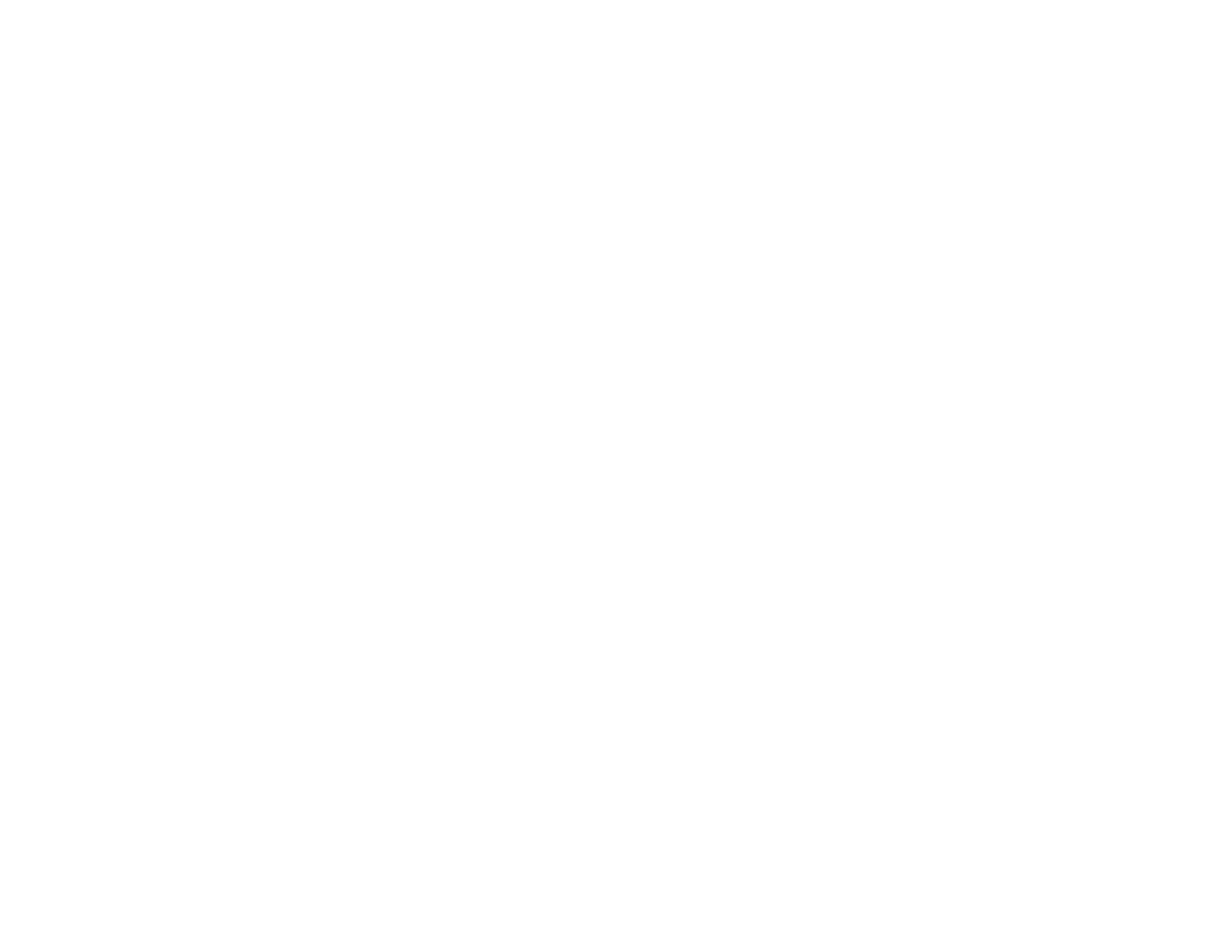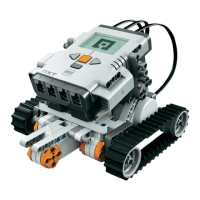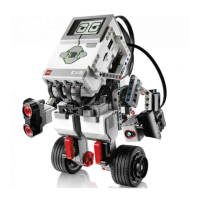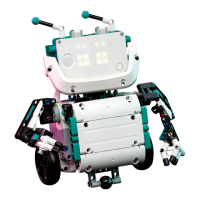Page 209
kill(pid[i]);
return 0;
}
void exec_helper(int (∗code_start) (int,char∗∗)) {
pid[task_index++] = execi(code_start, 0, NULL, 0, DEFAULT_STACK_SIZE);
}
int main() {
task_index = 0;
exec_helper(&avoid);
exec_helper(&seek_enlightenment);
exec_helper(&cruise);
exec_helper(&arbitrate);
execi(&stop_task, 0, NULL, 0, DEFAULT_STACK_SIZE);
tm_start();
return 0;
}
LightSeeker.c is a relatively large program, but it consists of easily understandable pieces. As before, I'll start at the bottom and work backwards through the source code.
The main() function simply serves to start the other tasks in the program. A helper function, exec_helper(), is used to start the three behavior tasks, avoid(), seek_enlightenment
(), and cruise(). exec_helper() is also used to start the arbitrate() task, which examines the output of the three behaviors and sends the appropriate command to the motors. The
exec_helper() function simply starts each task using execi() and stores the returned process ID in an array. Back in main(), stop_task() is also started. When the Run button is
pressed, stop_task() simply goes through the process ID array that exec_helper() built and kills each process.
arbitrate() examines the output commands of each behavior. If the command is not COMMAND_NONE, the current motor command is set from the behavior. The later behaviors, of course,
will overwrite the motor command. The last behavior, avoid(), is at the highest level. If it chooses to control the robot, Seek_enlightenment() and cruise() have nothing to say about
it.
To make it clearer what's going on while the robot is running, arbitrate() writes a character to the display that indicates which behavior is currently active. A "c" on the right side of the
display indicates that cruise() has control, an "s" stands for seek_enlightenment(), and an "a" shows that the avoid() behavior is controlling the robot.
Page 210
When arbitrate() has determined the motor command, it uses motor_control() to interpret the command and to actually set the direction and speed of the outputs. This design is very
similar to the design of the NQC RoboTag program, from Chapter 9.
The cruise() behavior is simple; it just sets its command variable to COMMAND_FORWARD ad infinitum.
The next behavior, seek_enlightenment(), is not so simple. The basic idea, however, goes like this:
if I'm seeing darker stuff than I've just been seeing
look to either side for something brighter
seek_enlightenment() implements this with the idea of a baseline. The initial baseline is taken straight from the light sensor reading:
baseline = process_light(SENSOR_2);

